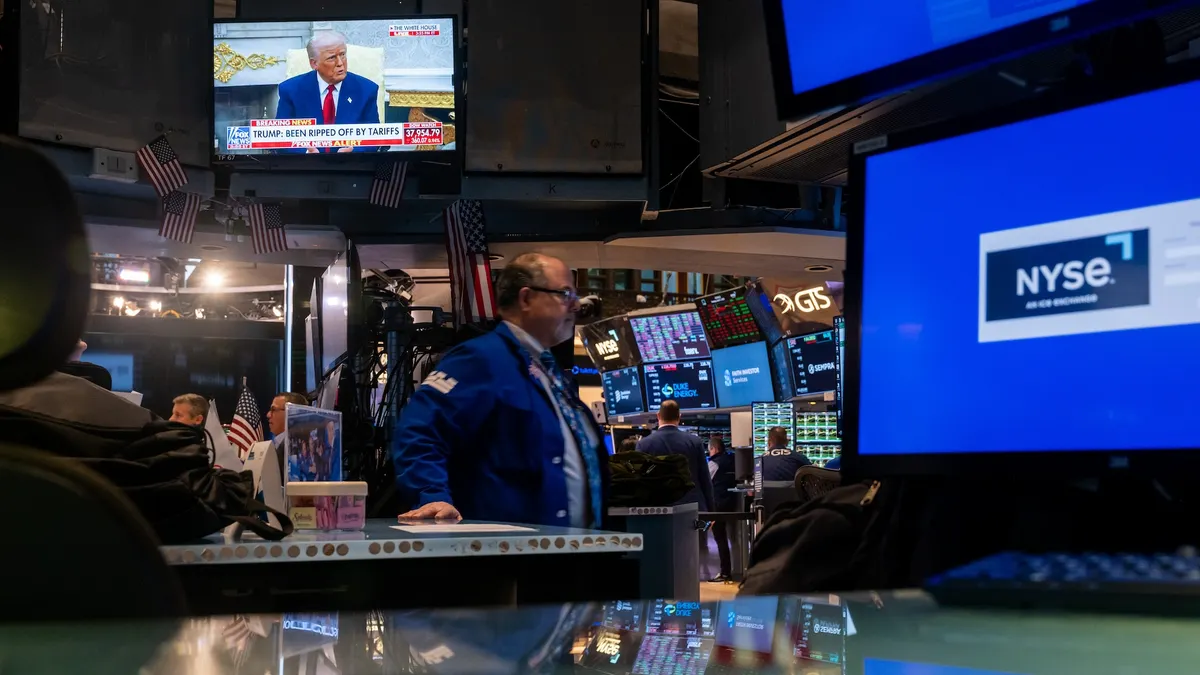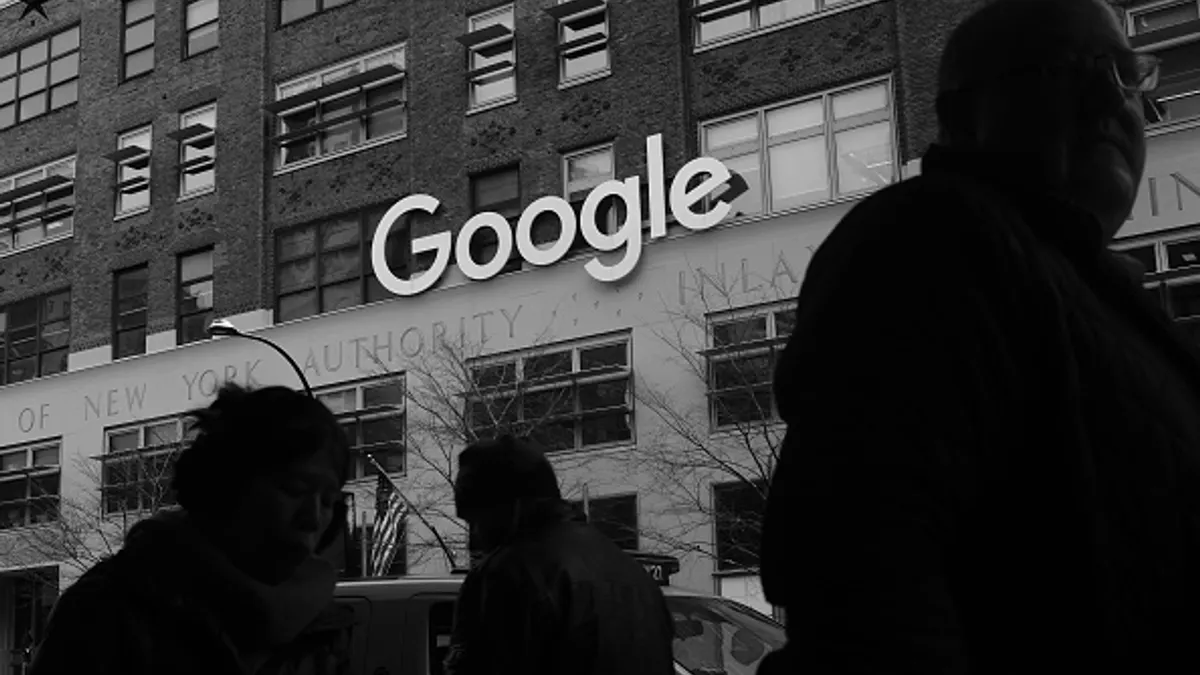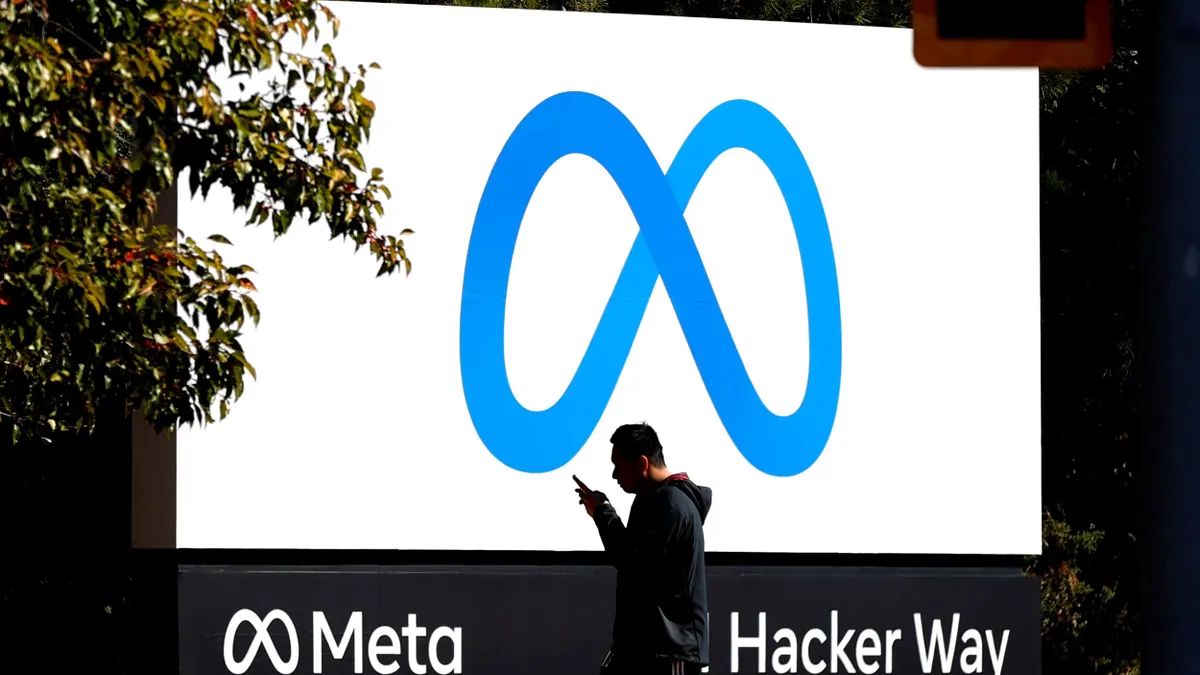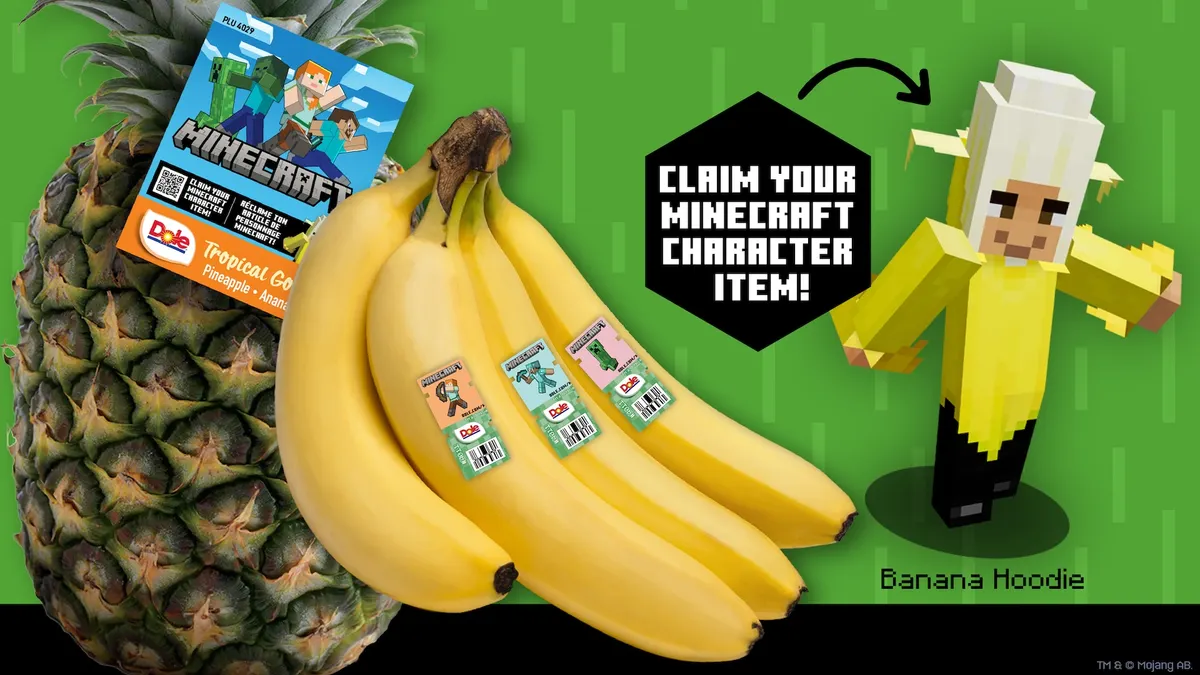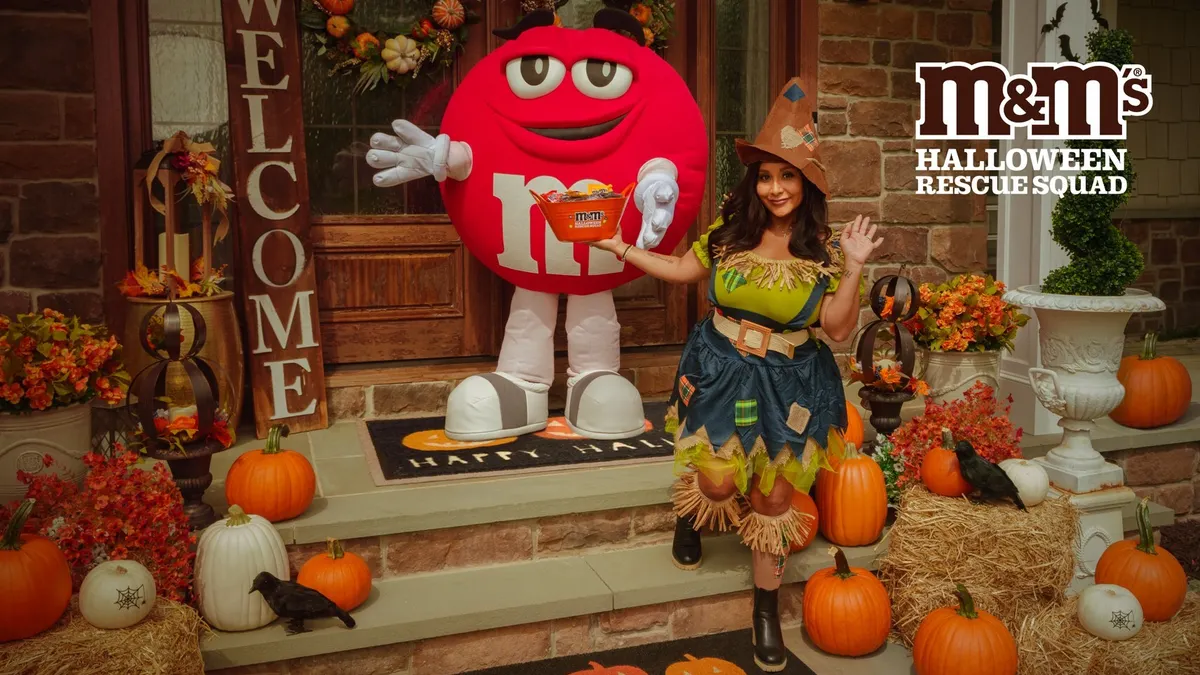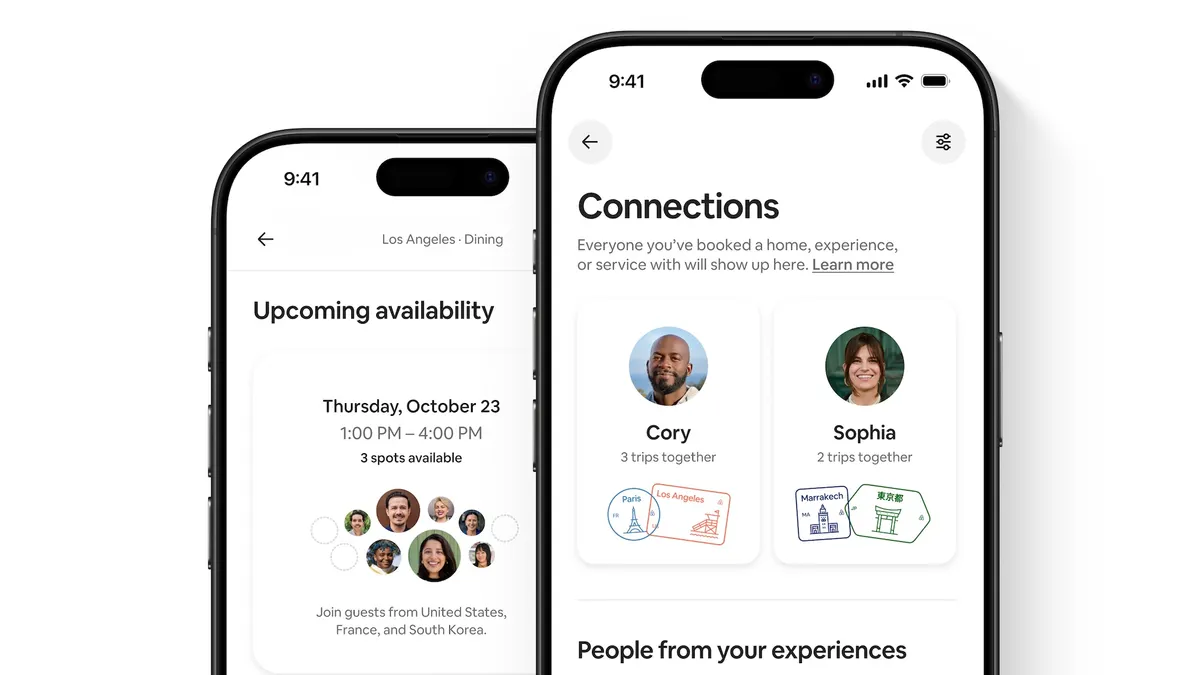Editor's note: The following is a guest post from Lou Jordano, CMO at analytics company Crimson Hexagon.
Consumer insights derived from social media have drawn the attention of marketers and analysts across just about every industry and product category. Even business-to-business (B2B) companies use online consumer insights to fine-tune offerings for their business-to-consumer (B2C) clients. But how can brands use these insights to actually influence their bottom line?
Below are four examples of how the consumer insights generated by social media can deliver measurable business value.
Analyzing competitors at the industry level
Consumer insights data can help you examine your industry, brand and customers from the outside in. Look at Apple for example. Of course, many people own iPhones, so it makes sense for Apple to track mentions of the iPhone on all social channels. That's basically "inside out" analysis.
But Apple doesn't operate in a vacuum. It may be the "Star Wars" of smartphones, but it does have competitors. Looking at how people talk about competing products from Samsung, HTC, Sony, Huawei and other Android developers can reveal a lot about the state of the industry. Tracking related conversations about individual smartphone features — screen size, battery life, storage and camera quality — can be valuable regardless of whether they mention Apple.
Refining personas
Surveys and other traditional research methods like focus groups are incredibly expensive to set up and run, and they often return relatively little data. Focus groups also have an inherent peer pressure bias, while people often lie on surveys or abandon them before completion.
Social media, however, offers a constant focus group. By sheer volume and variety, it can reveal nuances in consumer behavior and attitude that a solicited approach just can't match.
Marketers can use these nuances to refine personas or create new ones. In some cases, creating a new persona presents an opportunity to launch a new product or campaign.
Think about athletic apparel brands like Nike, Under Armour or Adidas. Beyond how consumers might talk about shoes and other types of apparel, these brands can learn how people talk about health, wellness and physical activity in general. Consumer insights help companies understand why people buy certain products over others and why people buy the same product for different reasons.
Setting campaign benchmarks
If a marketer or analyst goes to a social media analytics platform, they're often using the social channels not just to see what consumers are saying, but to respond to them as well.
With a historical library of past social media conversations, companies can fine-tune benchmarks for new product or service releases and the marketing and advertising efforts that support them. For example, Fox uses consumer insights to allocate its ad spend for shows. Companies can also eliminate guesswork when creating campaigns and measuring their impact. When Anheuser-Busch launched a new hard root beer in 2015, it very likely used social media-generated consumer insights to measure the product launch's success.
These insights can also help decision-makers determine what kind of launch will be most effective — major media blitz, hashtag or influencer outreach.
Using images to deepen understanding
Every day, three billion photos are shared on social media. There are more than 800 million hours of video on YouTube. And camera-enabled smartphones have slashed the barrier to entry in terms of visual communication opportunities.
Humans are visual creatures. We process images many times faster than words. Images often even affect how we perceive information. In 2003, a Harvard student worked with a South African bank to send 50,000 letters about loan offers. The letters varied the interest rate and included other psychologically influential cues. It turned out that adding a picture of a happy woman to the letter had as much of a positive impact on the response rate as dropping the interest rate by four percentage points.
So, what does all this have to do with consumer insights? Quite a bit. In fact, many companies are using it already.
Using a combination of text and image analytics, companies can locate text and visual mentions of a brand, pinpointing when negative emotions like disgust or sadness are associated with it. Image analytics can also improve campaign planning by helping marketers better understand moments of consumption.
Here are eight ways marketers use consumer insights driven by image analytics today:
- Spot co-occurring brands in conversations and filter them to identify high-growth opportunities.
- Find purchase triggers, such as graduations, weddings, births and bar and bat mitzvahs.
- Reveal new markets and product uses.
- Discover how consumers customize their use of a product.
- Monitor market penetration at sponsorship venues (stadiums, arenas, race tracks, etc.) compared to competitors.
- Manage threats, such as the appearance of a brand in protests and demonstrations.
- Track the success of product launches across multi-language regions through visual — rather than text — mentions.
- Launch user-generated content campaigns that show a brand in a positive light.
Consumer insights: The gift that keeps on giving
The reach and depth of social media-generated consumer insights will only increase as artificial intelligence technology that mines them improves. As a recent article in Wired noted, the neural networks that power a lot of developing AI have only a few million "neurons" compared to around 100 billion in the human brain.





